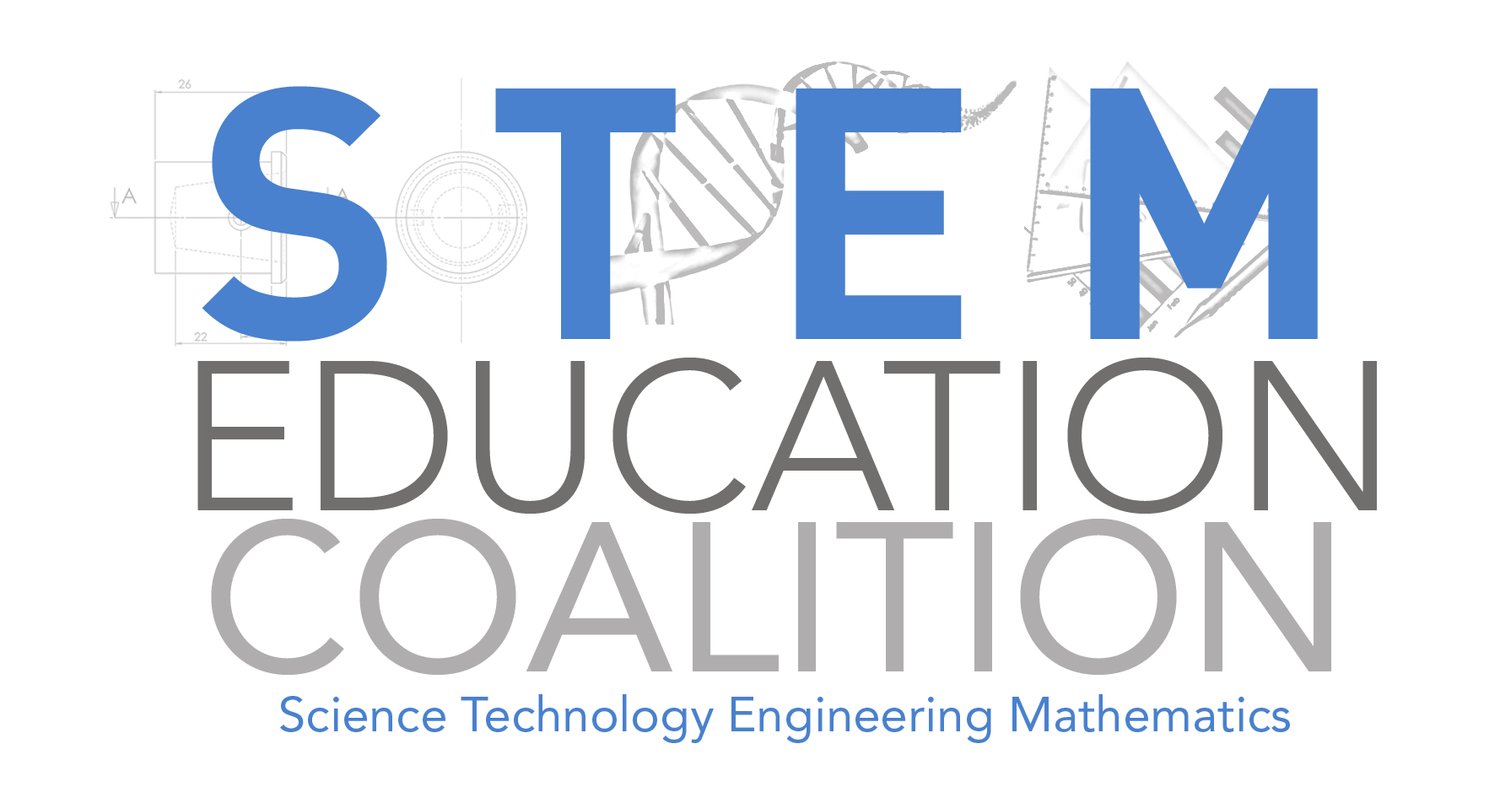U.S. News and World Report Highlight’s Coalition’s Advocacy – October 13, 2011: STEM Heavily Featured in New ‘No Child’ Legislation
October 13, 2011 RSS Feed Print
After months of prodding from President Obama and Secretary of Education Arne Duncan, it looks like Congress is finally getting around to reworking the Elementary and Secondary Education Act, more popularly known as No Child Left Behind, the much-maligned law that has governed K-12 education since it went into effect in early 2002.
For the past several months, Obama and Duncan have asked Congress to rework the law, which has been extended on a year-to-year basis since it expired in 2007. The administration has even granted waivers to states that exempt them from parts of the law. In March, Duncan told Congress that more than 80 percent of schools could miss testing benchmarks set by the law, and in June he called the law a “slow-motion train wreck.”
Yesterday, Democratic Iowa Sen. Tom Harkin introduced an 860-page bill to that would finally revise the act. Here’s the rundown on parts of the proposed law that would affect STEM education.
The bill seeks to fulfill four goals when it comes to STEM:
– Improving instruction in STEM subjects through grade 12
– Improving student engagement in and their access to STEM courses
– Improving the quality of STEM teachers by recruiting and training new teachers as well as improving existing teachers
– Closing the achievement gap between minority and white students and preparing more students for college in STEM subjects
These goals were outlined in legislation introduced last week by Democratic Sens. Jeff Merkley of Oregon, Al Franken of Minnesota, Mark Begich of Alaska, and Kirsten Gillibrand of New York and were woven into the Harkin bill.
States receiving grants for STEM would be required to report extensive data, such as STEM teacher evaluations, student achievement in the subjects, rates of access to STEM classes, achievement gaps, and the percentage of students participating in advanced placement or International Baccalaureate STEM courses.
States would be allowed greater leeway to distribute funds earmarked for STEM, as long as they are used to increase access to STEM courses, implement high-quality STEM programs, provide professional development for teachers, or provide technical assistance to schools.
James Brown, executive director of the STEM Education Coalition, a group made up of STEM organizations that worked with Senator Merkley on drafting the legislation, says the bill “covers the gamut of all the different STEM needs.”
The bill specifically allows states to use funds to woo engineers, scientists, and other STEM professionals who could potentially be interested in transitioning to a career in teaching and places an emphasis on spending money on STEM programs that have been proven to work.
“It’s a relatively small [amount of research], but there’s a growing knowledge base of what works in STEM education and what doesn’t,” he says. “It’s about making sure you’re spending taxpayer money effectively.”
Although the reauthorization of the Elementary and Secondary Education Act has been a controversial, partisan issue for much of the year, Brown says STEM is an issue that has bipartisan support.
“It’s a tough sell to reauthorize No Child Left Behind, but I think a lot of cynics in Washington didn’t think it’d get to this point,” he says. “We feel like the STEM focus is very bipartisan and it reflects a lot of agreement between the parties.”
For some light reading, check out the entire bill here, or see what the introducing senators have to say about STEM education.
Have something to share? Send news and submissions to stem@usnews.com.
Corrected on 10/13/11: An earlier version of this article misidentified Sen. Begich’s home state.

